#japanese fairy tales
Note
What if Disney adapted the Tale of the Bamboo Cutter?
I am only vaguely familiar with the context of this story, but I don't think I would give it to Disney. While I'm inclined to say that it would be better adapted into Japanese animation, for Disney vibes without involving Disney, I would latch onto the moon celestial aspect and ask the team from Over The Moon to do it. But beg them to pretty please make it all in their 2D storybook style:

This story is a true tragedy, at least from a mortal perspective, and I think these dreamy, romantic visuals would suit it:
A bamboo-cutter discovers a tiny baby inside a shining stalk of bamboo and he and his wife take her in as their own child.
From that moment on he finds gold inside every stalk he cuts has a nugget of gold inside it.
The baby, Kaguya-hime, grows into a young woman in just three months and is so beautiful that even though her parents try to hide her, men start to come from all over to court her.
Five noblemen are put through impossible trials which they all fail to try and win her hand.
The emperor of Japan falls in love with her, but she won't even have him for a husband, even though she keeps writing with him.
Three years pass and in the summer the mysterious maiden begins crying whenever she sees the moon. At last she reveals she is not of the earth but belongs on the moon and will be taken back there, to parents she has by now forgotten.
Her foster parents try to hide her, the emperor even sends guards to keep away the envoys of the moon who come to fetch her, but of course to no avail.
A chariot comes down for her with the rising of the yellow harvest moon. A messenger tells the bamboo-cutter that Princess Moonlight was sent to earth as punishment for committing a grave fault and that they have sent him the gold in return for the good care she received.
He begs for them not to take him and Kaguya-hime tells him she goes against her will and would rather have stayed with her loving foster parents in their old age, but she must go.
Her foster father is not allowed to go with her. She gives him her embroidered robe as a keepsake. When she is given Elixir of Life to drink she even tries to share it with him, but she is prevented.
Finally she writes a letter to the emperor, encloses the rest of the Elixir of Life and gives this to her foster father, asking him to deliver it. Then she ascends into the sky in the moon chariot.
The emperor has her gift bunt at the summit of Mount Fuji so that the smoke can be seen rising from there to this day.
I think a faithful adaptation should keep it a tragedy, but perhaps there could be just a little bittersweet mixed in with the sorrow for the poor parents. Maybe they can hear their daughter singing to them when they look up to the moon. Or perhaps the ending could be made a little less formal and the princess's celestial parents can come down themselves to get her back and to thank her mortal foster parents for all they have done for her. If I were adapting this I would downplay the part of the emperor a bit and really put the focus on the relationship between the moon princess and both her foster parents.
#The Tale of the Bamboo Cutter#laura babbles#disney goggles#japanese fairy tales#I am aware that Over the Moon was inspired by Chinese folklore#but the “lady pulled away to the moon motif” is strong
92 notes
·
View notes
Text


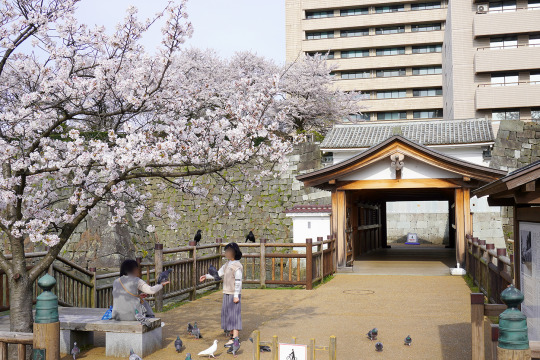
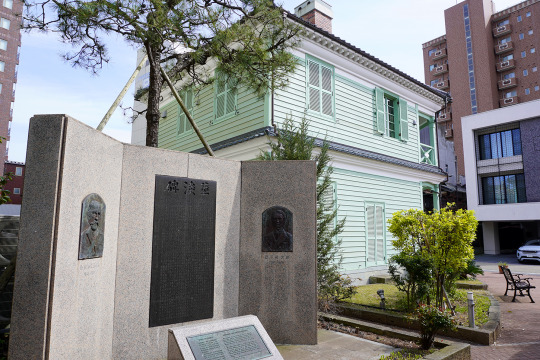
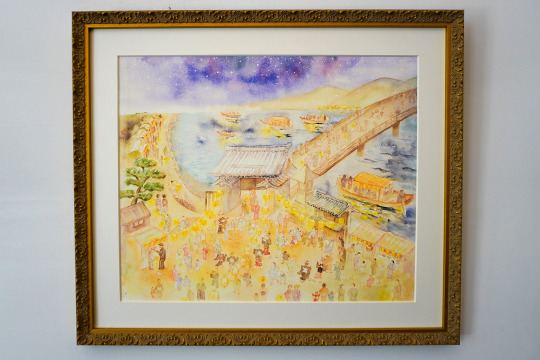
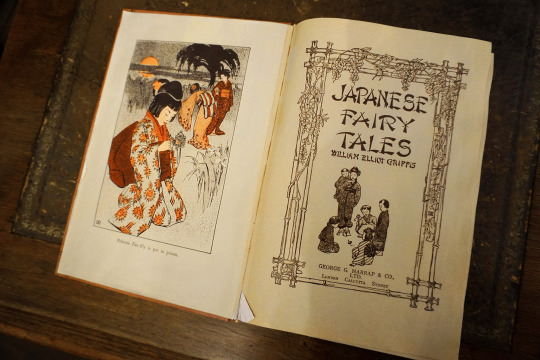
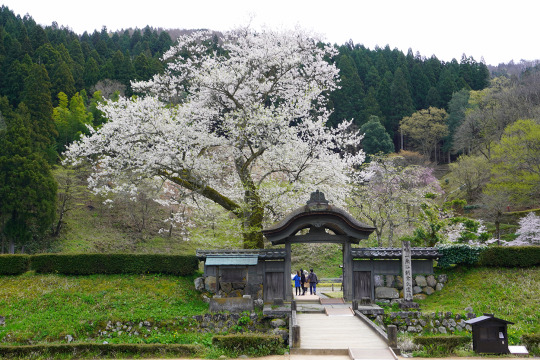
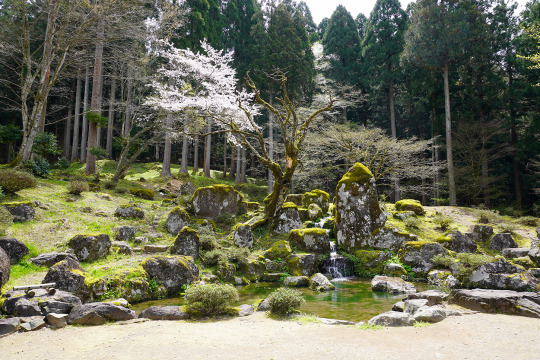
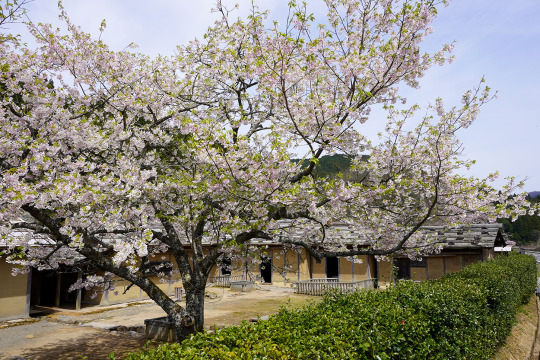
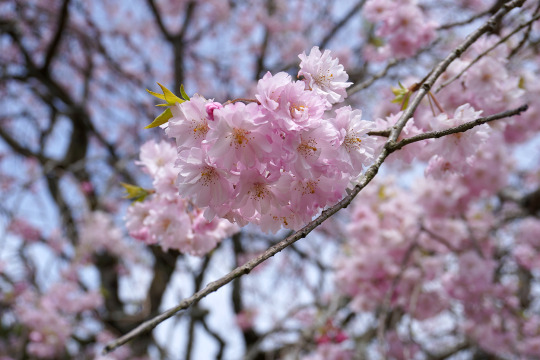
2023.04.13(Sat.)
福井城周辺と朝倉遺跡の桜を見に行く。
今年は特に地区の役を引き受けている関係で、なかなか遠出する時間がとれない。
(同じ地域の9区が連合区を作っていることもあり、こんなに会議ややることが多いとは思わなかった。先日も「まちづくり協議会」から葉書来て、いつ任命されたのって感じ。来年は一切受けないよと強く思う今朝の決意なのです。)
西東 みなみにきたか 糸桜 哥川(かせん)
67 notes
·
View notes
Text

Anthology of Japanese Tales for Children
(The Fairy Tale Writers Association)
1926
#japanese artist#japanese tales#japanese fairy tales#fairy#fairy story#fairy tale#children's literature#children's books#vintage illustration#children's book#old illustration#1926
148 notes
·
View notes
Text

There are two Japanese folktales I have identified that I believe have been particularly influential on the Magical girl genre. One of them is called Urashima Tarou (浦島太郎) from the Eighth Century. This is one of many picture book retellings of the story I have compiled to familiarize myself with it.
3 notes
·
View notes
Link
Bibliographic Record
Author
Ozaki, Yei Theodora
Title Japanese Fairy Tales
Contents My Lord Bag of Rice -- The tongue-cut sparrow -- The story of Urashima Taro, the fisher lad -- The farmer and the badger -- The "shinansha," or the south pointing carriage -- The adventures of Kintaro, the golden boy -- The story of princess Hase -- The story of the man who did not wish to die -- The bamboo-cutter and the moon-child -- The mirror of Matsuyama -- The goblin of Adachigahara -- The sagacious monkey and the boar -- The happy hunter and the skillful fisher -- The story of the old man who made withered trees to flower -- The jelly fish and the monkey -- The quarrel of the monkey and the crab -- The white hare and the crocodiles -- The story of Prince Yamato Take -- Momotaro, or the story of the son of a peach -- The ogre of Rashomon -- How an old man lost his wen -- The stones of five colours and the Empress Jokwa.
Credits Updated: 2021-11-04
Language English
LoC Class
PZ: Language and Literatures: Juvenile belles lettres
Subject
Fairy tales
Subject
Folklore -- Japan
Subject
Fairy tales -- Japan
Category Text
EBook-No.4018
Release Date May 1, 2003
Copyright Status Public domain in the USA.
3 notes
·
View notes
Photo



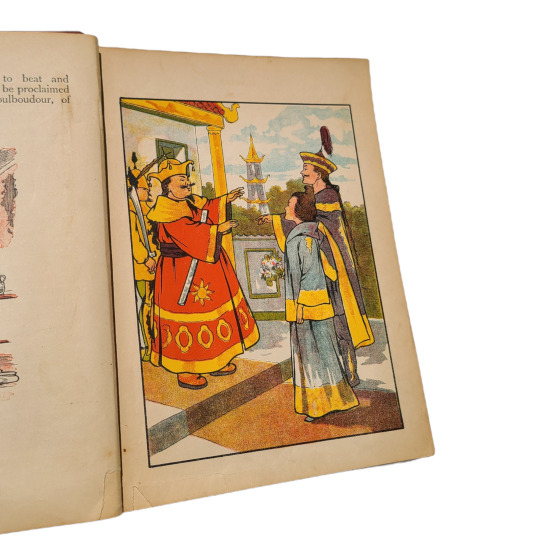






c1890 Rare Antique Eastern Fairy Tales My Book of Vintage Asia Color Illust. ebay kathct
1 note
·
View note
Text
The Goblin of Adachigahara (1908) translated by Yei Theodora Ozaki
The Goblin of Adachigahara (1908) translated by Yei Theodora Ozaki
This story is taken from a collection of Japanese fairy tales translated by Yei Theodora Ozaki and published in America in 1908. In the book’s introduction, Ozaki writes:
“These stories are not literal translations, and though the Japanese story and all quaint Japanese expressions have been faithfully preserved, they have been told more with the view to interest young readers of the West than…

View On WordPress
#Halloween Reads#horror#japan#Japanese Fairy Tales#short story#The Goblin of Adachigahara#Usagi Yojimbo#Yei Theodora Ozaki
0 notes
Text




🍃 x - x / x - x 🌸
#fairy tale magic nature Mother Earth strikes again#cottagecore#nature#naturecore#flowers#flowercore#warmcore#photography#cherry blossoms#forest#japanese aesthetic#forestcore#wildflowers
3K notes
·
View notes
Text
Running Commentary: What is “ok to do” in Mixed-Culture Supernatural Fiction?
Dear readers:
Today we are trying something new. To give you some insight into our process in the Japanese moderator section, we are presenting our response in the form of running commentary to show you how we dissect and answer long asks. We hope this makes clear what points are useful and not useful when sending us a query. As always, this is for learning purposes, not callouts. Be prepared: this is a long one.
To summarize: the asker is looking to create a comic drawn in Japanese manga style, and has provided a long summary of the story and worldbuilding which involves a mix of “reimagined” Japanese yokai mythos and cultural symbols from many other sources. They have questions with respect to cultural appropriation, coding etiquette, and “what is and isn’t ok.”
Opening Comments
I know a common advice when it comes to the thing I am about to ask is to talk to people involved in __, but I struggle with opening up to strangers for reasons I'm uncomfortable explaining.
Marika (M): This is already a red flag. If you want to engage with another culture without talking to people from that culture, then research is going to be very challenging. You won’t have members of that culture to guide you towards sources and perspectives they feel most accurately represents public opinion. If I were in your shoes, I might start with tackling my discomfort when engaging with other people, if only to improve my work. If you aren’t ready to engage with a culture and its people directly, then I think you should wait until you are.
I should note, reaching out to the Japanese mod team at WWC does count as engagement, but WWC should not and cannot be the only point of contact because there is no single, legitimate cultural perspective.
Rina (R): Also, you don’t need to “open up” to strangers or talk to them in person to get perspectives. Asking specific research questions anonymously to a forum or on social media requires very little vulnerability. You managed to do it here on WWC. So give it a try!
Anyway, my question basically amounts to the what is and isn't ok [sic] in terms of depicting fantasy creatures and concepts outside of their respective culture.
R: So, the reason why we turn away rubber stamp questions by that ask “is XYZ okay?” is because “okay” & “not okay” 1) is vague and 2) creates a dichotomy where there isn’t one.
When we say something is “not okay,” do we mean:
It’s offensive to the general majority of XYZ group?
It’s contentious among people who ID in the group?
It has a potential to be interpreted in a certain negative way, but may not be a red flag to everyone?
Insetad try asking:
What are the reasons this subject is offensive?
What makes cultural appropriation bad?
When might it be “okay” to intentionally discuss a difficult or controversial topic?
What is your reason for including something that may be interpreted as offensive and can it be sufficiently justified?
What stereotypes or tropes might it be consistently identified as or associated with, and why?
When might it be justified to bring up these tropes?
With That In Mind...
Let’s get into the rest of the ask below.
…a story I've been working on in recent times is largely inspired off the Japanese yokai, and the setting is basically Earth in the far future, as far as when the next supercontinent may form. These yokai, although portrayed differently here, do retain their main characteristics [...] Included in this world are two goddesses of my own creation, primarily representing the sun and the moon. [...] There will be thirteen nations, named and based after the Chinese Zodiac, and the life force found in the living things in this world, called qi, comes in two forms that are always opposing each other but can never fully overpower the other, this being based off yin and yang. They're even directly named this; yin qi and yang qi.
M: This reads more like using Japanese and Chinese culture for the “aesthetics”, not the cultures themselves, which I personally feel falls under cultural appropriation. From a world-building/ coding standpoint, the actual use of concepts is workable, and, dare I say, typical, given how Chinese cosmology influences Japanese culture. However, naming a concept “yin qi” or “yang qi” is the equivalent of naming something “- charge” or “+ charge”, respectively. That you don’t seem aware of this tells me you are pretty early in your research phase. In that vein, we’ve covered translating terms and names from foreign languages in fantasy before. See the following article linked here for our recommendation against using RL terms outright but instead encouraging people to create their own conlangs.
R: Worldbuilding-wise, I think you would have to figure out the chicken-or-egg of the zodiac nations. Did the nations come first, and the zodiac later as an origin folk story (which you would have to rewrite to serve the nation-building narrative)? Did the zodiac come first, and the nations named (most likely re-named) by a political entity? What is the justification? Otherwise, again, it’s a shoehorning of aesthetics.
There is also a third, lesser known god based off of fox spirits and trickery and I imagined he's the patron deity of a family that honors and worships him, but his influence on them has transformed them into Kitsune-tsuki, which I depict as fox-like anthros.
M: Not related to this ask directly, but I have jokingly ranted about how often non-Japanese people prefer using imagery related to kitsune-tsuki in Japanese coded world-building (link). This makes me feel the same level of petty irritation. See my troll answer below for a similar experience.
R: Same. It’s boring tbh.
M: Troll Answer: I get that kitsune-tsuki are very sexy furries, but Japanese folklore has other sexy furries too! These underrepresented demographics also deserve recognition and appreciation!!
The plot of the story is this; modernization has left the goddesses neglected of their worship and forgotten, something that is necessary in this world to stop them from fighting each other. The Moon Goddess awakens first, punishing the humans by unleashing the yokai. Then the Sun Goddess wakes up to fight in humanity's defense…
M: This could feel rather like Shinto-like coding (Ex. the myth of Amaterasu and the Cave, or Tsukuyomi slaying Ukemochi), but something about this scenario feels a bit too binary in terms of themes of good v. evil, light v. dark to be Shinto. The plot also feels more Gaelic/ Nordic in influence for me as a person raised in a Japanese Buddhist and Hindu household. I imagine this dissonance could have been fixed with better guided research.
…but their fighting has caused a perma-eclipse and this world is in danger of ending. The yokai have run rampant; some are loyal to the Moon Goddess, and some aren't, and it lies to the main characters to bring balance back to Midgard. Yeah... the name of this future Earth is Midgard. I debate changing it since it and some other things I will mention sorta feel out of place.
R: Marika, looks like you were right on the Gaelic/Nordic influence /j
Also, worldbuilding question: if the Earth is in the far geologic future, how long has it been since modernization (19th-20th century)? Centuries? Millennia? How long has this fighting gone on for? What triggered the perma-eclipse, and why now? Why is this time depth necessary?
One of the main characters in question is a humanoid woman with wolf features named Ling, and she is a descendant of the dynasty that had first ruled the one of the nations, particularly the one based off the dragon zodiac. She accidentally summons the other main character to this world as she's praying at a shrine, a humanoid with dragon features--I call them drakon--named Angelynn.
[on the names of characters] is it appropriating by not having the world entirely based on [Chinese, Japanese, and Indian] influence? it's a little weird to me how worldwide the creatures are referred to as yokai, implying a strong Japanese influence not unlike how it is today with Western culture being so dominant, yet there are still names like Keith and Kiara.
M: I will give you credit for recognizing you have unconsciously veered towards white-washing/ race-bending: either presenting European cultural influences (drakons, Angelynn, Keith, Kiara, Midgard) as default or utilizing general E. Asian cultural influences and aesthetics for a Western-style story (Ling, qi, Chinese zodiac, yokai). I agree with you that this creates a sense of cultural dissonance. At this point, I’d say you have a clear choice: write a Western-style high fantasy using a background with which you have more familiarity, or get some better guidance on research with East Asian cultures so you can code the story more effectively.
The focus of this story is centered around meeting all these yokai and showing that there's more nuance to them than Ling believes, all while saving the world. But I worry if I'm appropriating these concepts and creatures by 1, drawing from more than one culture--I initially imagined that there would be a mix of Chinese, Japanese and Indian influence because according to a website I am getting the info on yokai from, the yokai in question already draw inspiration from or have been based on something in Chinese mythology or Hinduism [...]
R: Sure, some yokai have Chinese or Hindu parallels as that tends to happen with folk tales. But not all–some are unique to Japan, and some are more modern. Sometimes it’s very political–some people consider the Ainu Korpokkur as being a “Yokai of Japan” despite it belonging to the indigenous culture. It’s up to you to research, untangle, and understand these influences.
The fact that you bring up that the Asian continent has seen a lot of cultural exchange is not a sufficient reason to randomly combine influences for the sake of visual appeal or “coolness.” That is appropriation. These influences must be understood in their historical context so that you know how/why certain things combined or morphed into another, and what makes sense to combine/morph.
M: This also indicates that the character views the yokai as evil/inherently bad, which I would argue is not a typical stance for much Japanese folklore. Again, this shows a deficit in research.
2, reimagining these yokai in a new context even though I have done the research on them, because one thing I kept seeing in regards to cultural appropriation is that it's bad to do that […]
R: Refer above to my note on “okay” and “not okay.” The thing with folklore and fairy tales is that every–and I mean every–folk tale is reinterpreted with every new iteration of it. Reimagining in a new context is what people do every time they pass on a story or tell a story with the same plot or characters. Do not think of folklore as an “original” that is altered and rebooted, but rather a living document that gets added to. Reimagining is not the inherent issue. HOW you reimagine something matters.
So I suppose my question is...if someone were to do research upon the creature they want to use, given they are allowed to use it, and gained an understanding of what the creature or concept stood for, are they allowed to pick it apart and reimagine it? Alternatively, is it ok if it's explicitly pointed out that it is derivative of the original?
It has actually become my biggest fear that I may have internalized something that could both continue to do harm long after the fact and attract the wrong people to me work. I don't wanna let people down!
M: As Rina has noted several times, I think the problem is in trying to ID a set of specific variables and circumstances that make a thing “okay” or “not okay.” I want to recommend that you read my joking response about writing in secret rooms while wearing a disguise (Linked here). Who can you hurt if no one knows what you are doing? There’s a difference between creating for oneself and creating to share.
You have internalized a message incorrectly, but not the one you cite. The goal of many recommendations against cultural appropriation is to avoid causing direct harm to people who have seen their cultures demeaned, discredited and devalued, especially in shared spaces. Assessing cultural engagement, whether we are talking about appropriation, appreciation or exchange is not a measure of personal virtue or a collection of commandment style do’s and don’t’s. Rather, I believe engaging with other cultures is the state of mind of acknowledging that when using these cultures’ in one’s own work, there is value in consulting members of that culture and giving credit where credit is due. This will be challenging if you are only comfortable engaging with all of these cultures in a distanced, minimal capacity.
FWIW, I’ve written stories that probably will offend people from other cultures and backgrounds, but I don’t show them off. I don’t think writing these makes me a bad person, but I also don’t see the need to give unnecessary offense, so those stories are just for me, to be written and read in my own secret room. However, I’m not ashamed of having written them, and I’m also comfortable to “let people down” provided that my own shared work reflects my personal principles of what I consider to be sufficient research and engagement with other cultures, As a creator, my work wouldn’t be mine if I didn’t first please myself. I think the trick to the creator role is deciding what to keep private, what to share and what constitutes sufficient engagement.
P.S.
We’ve referenced the need for research multiple times in this ask, and in some of the other asks that have gone up this week, so we thought this would be a good place to plug a beginner’s guide to academic research created by the mod team.. Look for it soon under WWC’s pinned posts!
#japanese#chinese#fantasy#cultural appropriation#coding#worldbuilding#names#mythology#folklore#fairy tales#asks#running commentary#writeblr
582 notes
·
View notes
Text
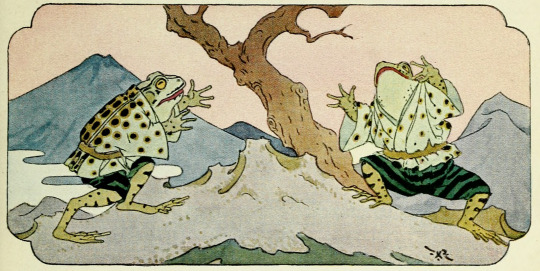
Illustration for "The Two Frogs." Little Peachling, and other tales of old Japan. 1928.
Internet Archive
1K notes
·
View notes
Text

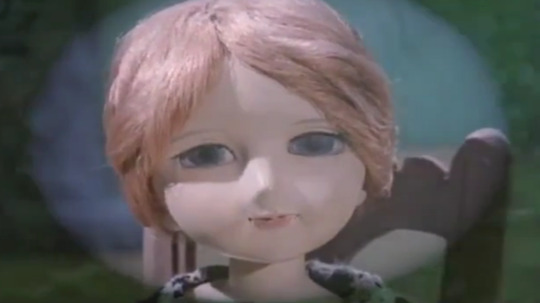
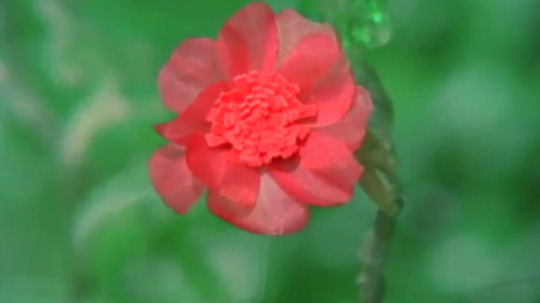






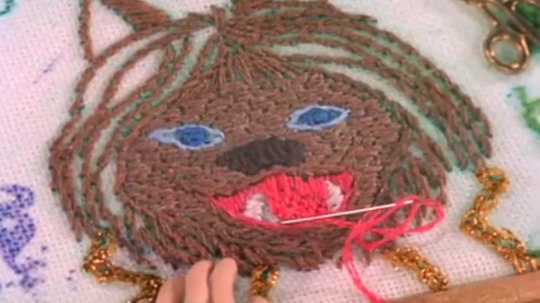
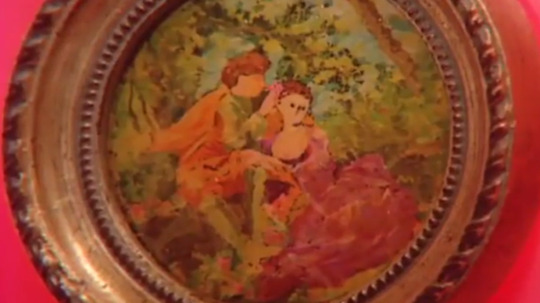
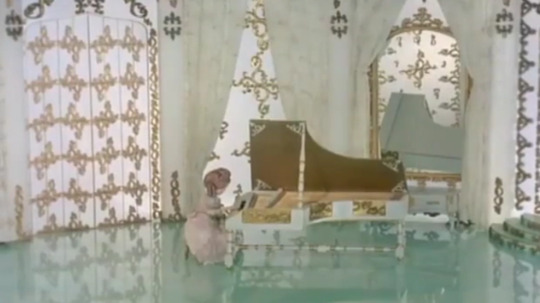
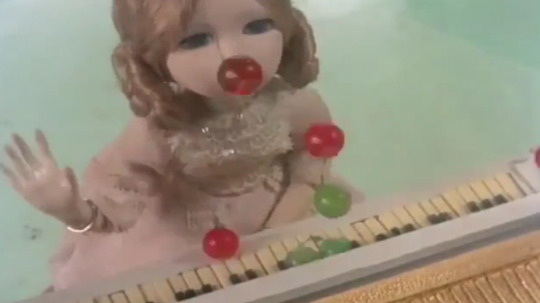
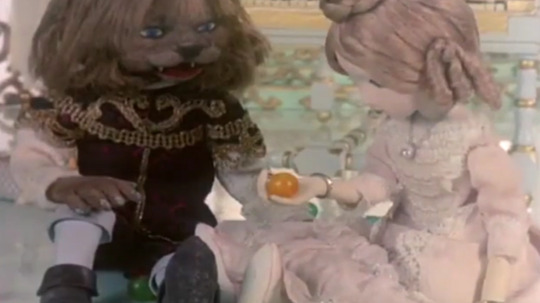




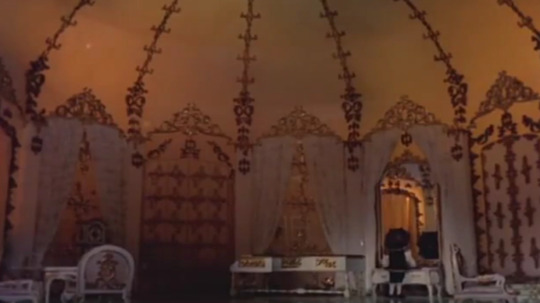
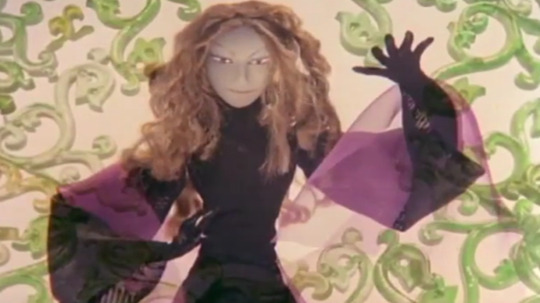

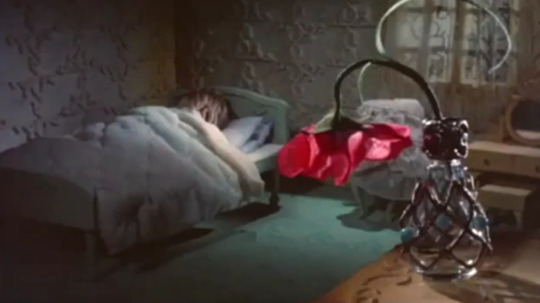



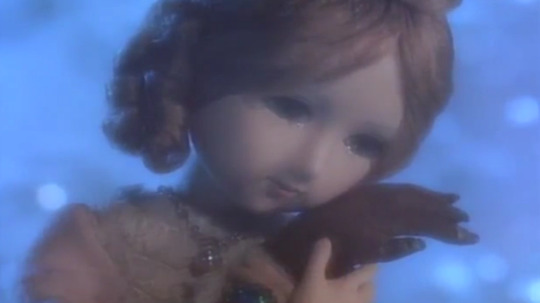


ベルトかいじゅう王子 (Belle to Kaijuu Ouji, 1976) directed by 渡辺和彦 (Kazuhiko Watanabe)
#animation#japanese animation#beauty and the beast#la belle et la bête#belle to kaijuu ouji#ベルトかいじゅう王子#fairy tale#fairytales#fairytale#batb#films#short films#japanese films#fantasy#stop motion#stop motion animation#screencaps#1980s#kazuhiko watanabe
173 notes
·
View notes
Text
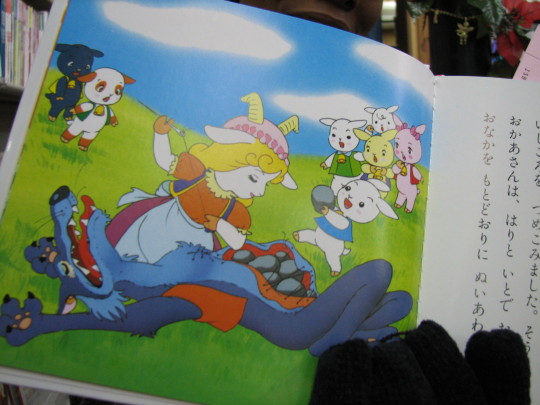
꧁★꧂
#book#fairy tale#story book#fable#goat#wolf#big bad wolf#gore#body horror#morbid#illustration#japanese#japan#flickr#oldweb#old web#2009
100 notes
·
View notes
Text

Takeo Takei (1894-1983), ''Karasu Kanzaburou' (からすカンザブロウ) by Takeji Hiratsuka, 1950
Source
My Japanese is non-existent so I'm not sure how the title translates. It's a fairy tale book and, I think, the title refers to the "clever crow" or something like that. I invite anyone fluent in Japanese to offer their insight (please and thank you).
#takeo takei#japanese artists#crows#children's books#fairy tales#japanese children's books#Takeji Hiratsuka
72 notes
·
View notes
Text
Sugar Apple Fairy Tale - episode one
A fairy, Shall, is chained up and tortured by his captor, who crushes his fairy wing to cause him pain
#defiant whumpee#magical whump#chained up#whump#anime whump#asian whump#whump blog#whump community#japanese whump#jwhump#concern#whump clip#torture#fantasy whump#crying out#screaming in pain#pained screaming#sugar apple fairy tale#fairy whumpee#stoic whumpee#stubborn whumpee#sadistic whumper
410 notes
·
View notes
Photo
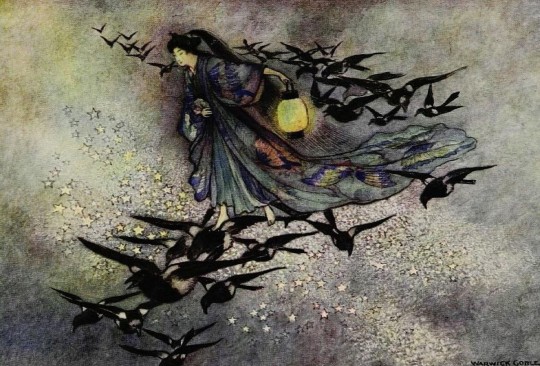
Illustration from Green Willow and Other Japanese Fairy Tales by Warwick Goble (1910)
#warwick goble#art#illustration#golden age of illustration#1910s#1910s art#vintage art#vintage illustration#vintage#english artist#british artist#books#book illustration#fairy tale#fairy tales#japanese folklore#classic art
1K notes
·
View notes
